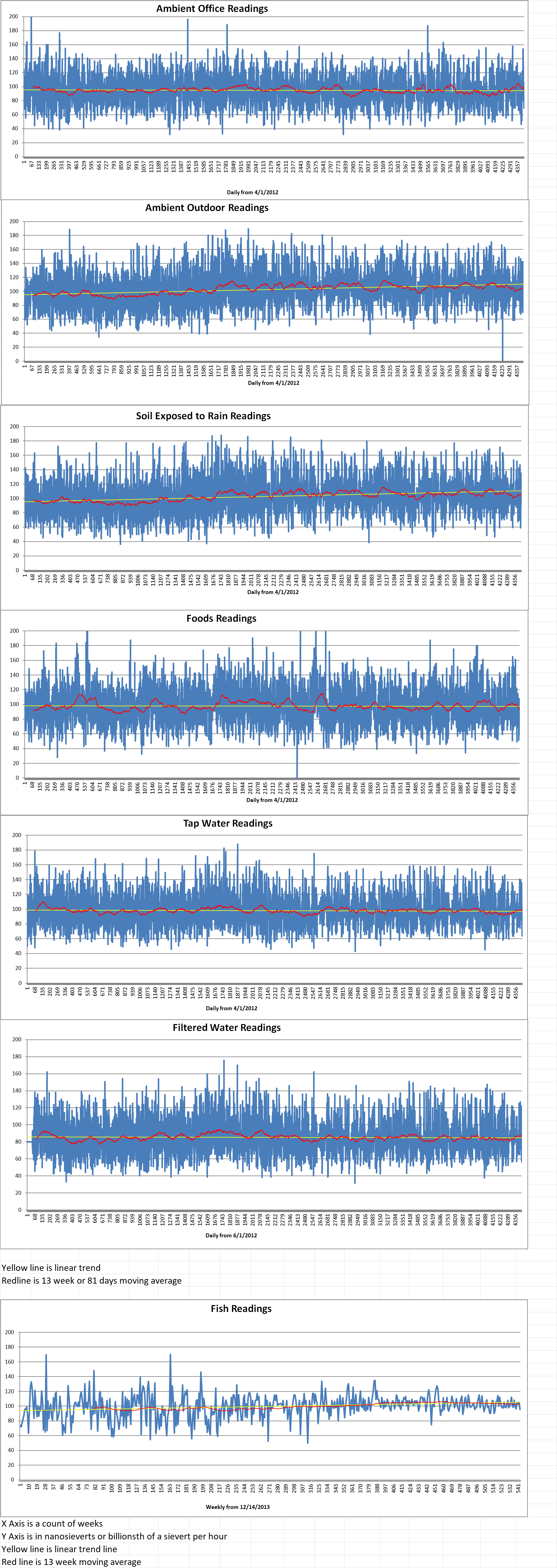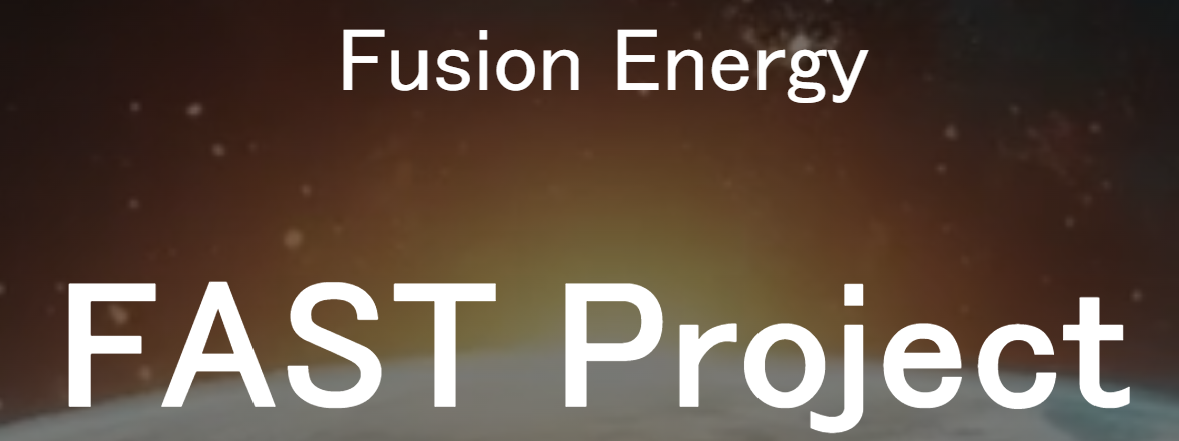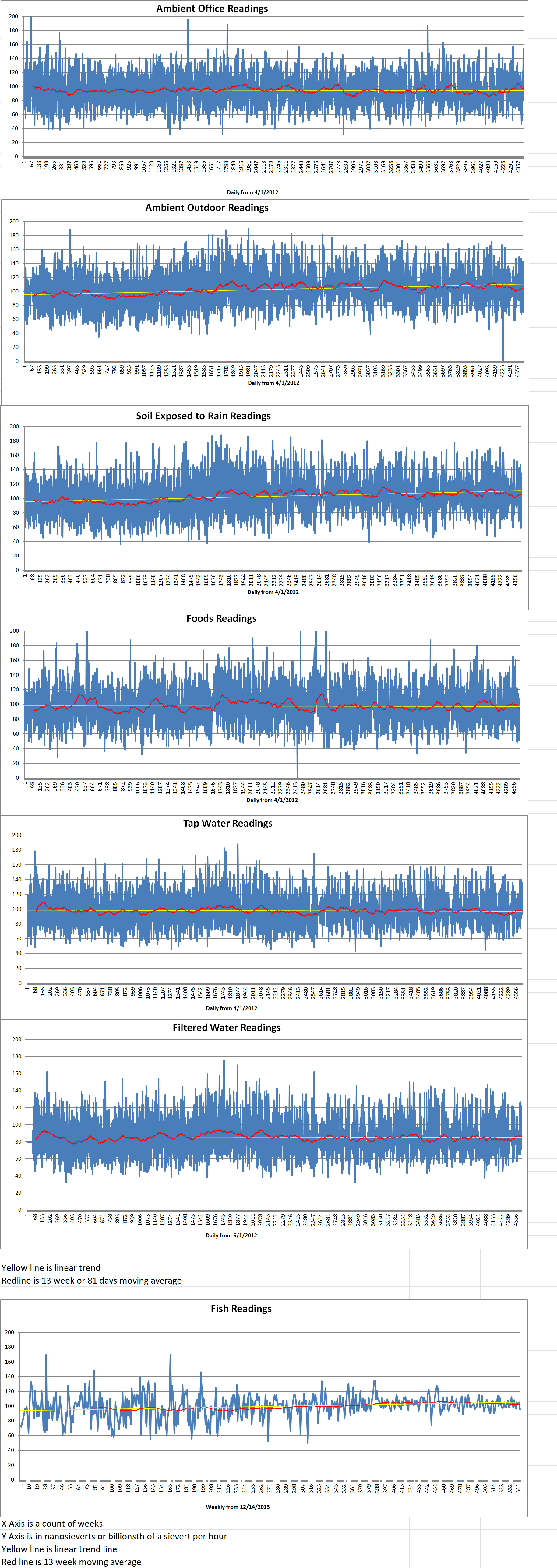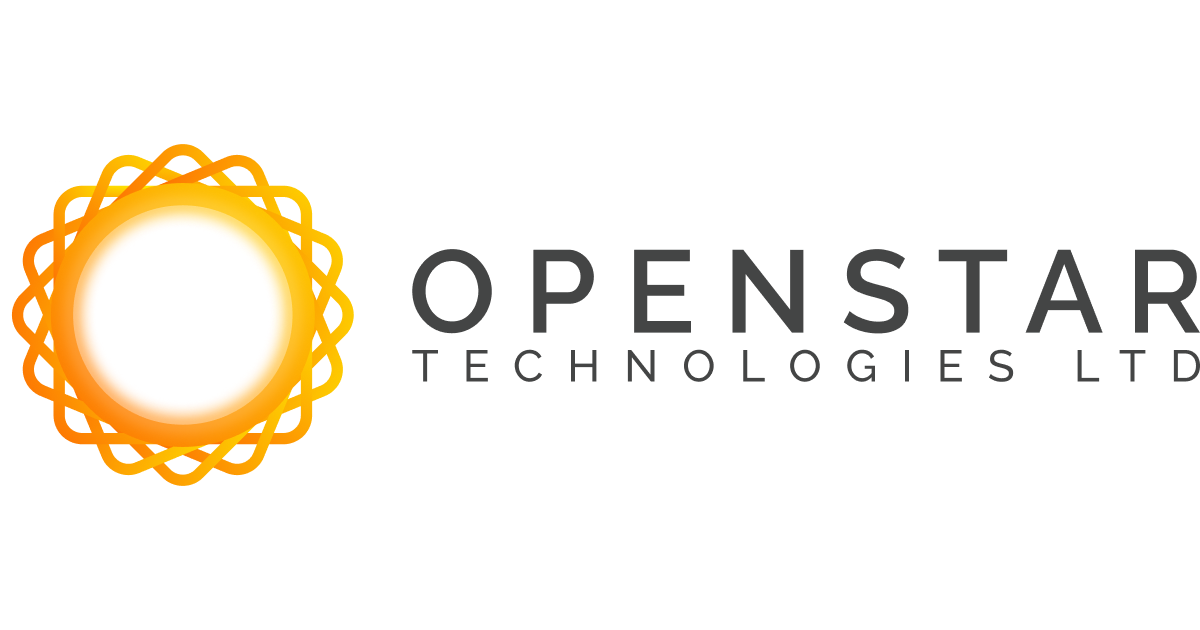The increase in nuclear fusion innovation has continued for another year, according to the latest patent data reported by Appleyard Lees. However, nuclear power is a tale of two technologies with fission showing the lowest number of patent filings for more than sixty years.
The fourth annual edition of the Inside Green Innovation: Progress Report from the leading intellectual property firm shows that the one hundred and sixty seven nuclear fusion patent filings in 2022 exceeded the one hundred and sixty five filings in 2021. The latter being an almost fifty percent increase on the previous high.
Total funding in the nuclear fusion sector, according to the Fusion Industry Association, has reached more than seven billion dollars, with at least nine hundred million dollars in the past year.
Adam Tindall is an Appleyard Lee Partner. He said, “It is too early to say whether this is now the new ‘steady state’ level for fusion patents, or the early stages of a sustained boom that will lead to real-world, widespread commercial application of a mature technology.”
Recent patent applications in nuclear fusion have focused on less well-researched approaches to fusion, such as plasma generation including particle beam techniques and electrical discharge technologies.
However, the focus on developing new magnet technologies continues. U.K. company Tokamak Energy is investing in a new business division for its magnet technology and continuing to be a top patent filer in the sector. Other top innovators for fusion technology now include the U.K. Atomic Energy Authority.
With regard to territory, the growth of nuclear fusion technology start-up companies in the U.S. is now driving the increase in patent filings more than the previous acceleration led by Asian countries. There are a variety of smaller companies in the U.S. working on fusion research with no single organization dominating current fusion innovation.
Matthew Bennett is an Associate at Appleyard Lees. He said, “As the sector matures, there will likely be consolidation around dominant organizations, with the winners of the innovation race benefiting from strong positions in the market, or at least from a healthy exit. The fusion sector is expanding rapidly and, even though the investment pot is generous, it will quickly be swallowed up by US companies which can show investors they have the necessary IP protections in place for commercializing their technology.”
Patent filings for nuclear fission technology have reached a ten-year low. More than sixty percent fewer than in 2013 and the least recorded since 1963.
Asian countries remain top patent filers in the technology, driven mainly by Korea Hydro & Nuclear Power Co. and Hitachi GE Nuclear Energy. They are focusing on safety-related applications in emergency cooling, monitoring and testing and pressure suppression systems.
The Inside Green Innovation: Progress Report – Fourth Edition’s focus on nuclear energy was selected because of its prominence in the global green innovation conversation. This involvement is referenced in the OECD’s and United Nations’ 17 Sustainable Development Goals and the World Intellectual Property Organization (WIPO) Green Innovation Database, a global innovation catalogue that connects needs for solving environmental or climate change problems with sustainable solutions.
Blog
-

Nuclear Fusion 91 – Appleyard Lees Publishes A Report On Patents For Nuclear Technology.
-
Nuclear News Roundup Nov 29, 2024
Serbia plans for future with nuclear energy world-nuclear-news.org
Map Shows Safest US States to Live During Nuclear War armscontrolcenter.org
Putin’s nuclear threats aim to scare the west – but Ukraine’s allies are now calling his bluff theconversation.com
IAEA Building “Strong Cooperation” with Uzbekistan in Nuclear Energy and Health iaea.org
-

Geiger Readings for Nov 29, 2024
Ambient office = 70 nanosieverts per hour
Ambient outside = 122 nanosieverts per hour
Soil exposed to rain water = 122 nanosieverts per hour
Pointed bell pepper from Central Market = 59 nanosieverts per hour
Tap water = 69 nanosieverts per hour
Filter water = 59 nanosieverts per hour
-

Nuclear Reactors 1451 – The Ulsan National Institute of Science and Technology Is Embedding Sensors In Metal Components To Monitor Microreactors
There is increasing demand for sustainable electricity across the world and scientists are focusing on the development of very small nuclear reactors. These are called microreactors (MR). To make these reactors safer, researchers have turned to a new technology powered by AI that can detect potential hazards in these reactors in seconds.
This technology is referred to as smart component systems and it can provide remote surveillance of MR. Developed by researchers at the Ulsan National Institute of Science and Technology (UNIST) in South Korea, the system includes embedded optical fiber sensors to monitor components in the reactor and send alerts during abnormal conditions.
The UNIST breakthrough involves a novel technology that combines 3D printing with AI, allowing the rapid processing of multiple continuous variables from optical fiber sensors. The team successfully manufactured smart nuclear parts using a Directed Energy Deposition (DED) printing method. They seamlessly integrated fiber optic sensors within the metal components.
MR designs vary, but most of them would be able to produce one to twenty megawatts of thermal energy that could be used directly as heat or converted to electric power. They can be used to generate clean and reliable electricity for commercial use. They could also be used for non-electric applications such as district heating, water desalination and hydrogen fuel production. These MRs are compact enough to be transported by truck and could help solve energy challenges in a number of areas.
Most MR designs will require nuclear fuel with a higher concentration of uranium-235 than is currently used in today’s full-sized reactors. However, some MRs may benefit from the use of high temperature moderating materials that would reduce fuel enrichment requirements while maintaining the small system size.
The recent study proposes a novel DED approach to incorporate an optical fiber sensor into MR components, enabling real-time monitoring with artificial intelligence.
Researchers conducting the study said, “The embedded optical fiber generates real-time data that allows for AI-driven in-vivo thermal deformation analysis. Our smart MR component can detect structural anomalies, identify abnormal operations, and assess operational conditions through augmented reality interfaces and AI technology.”
Im Doo Jung is a Professor from the Department of Mechanical Engineering, UNIST. He stated that researchers tackled the challenges associated with traditional inspection methods through AI convergence technology. This can greatly enhance the stable and efficient operation of next-generation small nuclear power plants.
Jung continued, “This convergence technology could extend its applications beyond nuclear power, potentially benefiting diverse industries such as autonomous manufacturing systems, aerospace, and advanced defense. We introduced a novel method for producing smart micro reactor components by embedding optical fiber sensors during the DED process. This method includes an optimized DED process for metal components of MR systems.”
Researchers emphasized that the proposed process, involving sensor embedding within metal components, could be applied to create smart metal components with various sensors with the DED process.
This research will also allow expanded applications in a variety of industries and research fields which require digitalization and AI within additively manufactured component. -
Nuclear News Roundup Nov 28, 2024
Life extensions announced for four UK plants world-nuclear-news.org
Bruce Power signs long-term Master Services Agreement world-nuclear-news.org
Incentives would make Michigan the most ‘pro-nuclear’ state, lawmakers say mlive.com
Meta seeks up to 4 GW of new nuclear power to help meet AI, sustainability objectives utilitydive.com
-

Geiger Readings for Nov 28, 2024
Ambient office = 80 nanosieverts per hour
Ambient outside = 100 nanosieverts per hour
Soil exposed to rain water = 104 nanosieverts per hour
Hydroponic tomato from Central Market = 80 nanosieverts per hour
Tap water = 93 nanosieverts per hour
Filter water = 83 nanosieverts per hour
-

Nuclear Fusion 90 – Japanese FAST Project Intends To Create Commercial Fusion Reactors By The Late 2030s
The Fusion by Advanced Superconducting Tokamak (FAST) project has been launched in Japan with the goal of achieving fusion-based commercial power generation by the end of the 2030s.
The FAST project, to be sited in Japan, intends to generate and sustain a plasma of deuterium-tritium (D-T) fusion reactions. This will demonstrate an integrated fusion energy system that combines energy conversion, including electricity generation and fuel technologies. The Project will employ a tokamak configuration which was chosen for its well-established data and scalability. The FAST Project has collected top researchers from prominent institutions, along with industrial and international partners from Japan, the UK, the USA and Canada.
The FAST Project Office is targeting a power generation demonstration by the end of the 2030s. It will address remaining technical challenges on the way to commercial fusion power plants. The FAST Project points out that power generation refers to producing energy from fusion reactions. However, it does not imply net positive power production where electricity output exceeds electricity consumption.
The FAST Project Office said, “While previous or near-term planned fusion experiments have achieved, or will soon achieve, medium-pulse plasma discharges to de-risk the plasma confinement and control for a fusion pilot plant, critical obstacles remain in harnessing the energy transport for sustained external use, establishing the tritium fuel cycle, including tritium breeding, and integrating these advances into a configuration that represents a commercially viable fusion power plant. At present, no experimental device worldwide is capable of creating the necessary fusion environment – the fusion neutron flux and relevant thermal loads – to bridge the gap between the advanced plasma experiments of today and the desired end goal of practical energy extraction.”
FAST intends to fill these gaps by “providing a comprehensive and unique platform to develop technologies applicable to practical fusion power plants worldwide, including demonstration devices and fusion pilot plants”.
The FAST design is a tokamak configuration, which the Project Office says is “a well-established plasma confinement method with the most extensive database and specifically employs a low-aspect-ratio tokamak design, and high-temperature superconducting (HTS) coils, which enables a compact design allowing lower costs and a shorter construction time”.The system aims for a power generation of fifty to one hundred megawatts and a discharge duration of one thousand seconds of D-T fusion burn. High-temperature blankets allow testing of multipurpose uses for thermal power and neutrons. The device will function for a cumulative one thousand hours of full-power operation.
The Project Office said, “The FAST project will advance through collaboration with key universities and research institutions both domestically and internationally. Moving forward, a conceptual design team will be organized, composed of plasma researchers and power plant engineering researchers. The preliminary design is expected to be completed within the year 2025. A thorough evaluation of the internal and external environment, including technology, funding, regulation and policy, will be conducted at the transition to detailed design, where a decision will be made on the feasibility of execution.”
The Project Office continued, “In parallel, led by Kyoto Fusioneering, we will accelerate technology development in key systems, engineering design, site selection, and regulatory efforts in collaboration with industrial partners such as Mitsui & Co Ltd, Mitsui Fudosan Co Ltd, Mitsubishi Corporation, Marubeni Corporation, Fujikura Ltd, Kajima Corporation and Furukawa Electric Co Ltd. We will continue to actively welcome researchers, industrial partners, including companies participating in J-Fusion, and international collaborators to join and contribute to the project.”Fusion Energy Power Generation Demonstration Project
-
Nuclear News Roundup Nov 27, 2024
NANO Nuclear (NNE) Expands in Africa With Togo Deal: What’s Going On? Benzinga.com
How emergency testing works at Arizona’s Palo Verde nuclear plant azfamily.com
Lawmaker needles Michigan nuclear plant owner over cuts to taxes flowing to schools mlive.com
Nigerien authorities in control of SOMAÏR operations – Orano world-nuclear-news.org
-

Geiger Readings for Nov 27, 2024
Ambient office = 107 nanosieverts per hour
Ambient outside = 92 nanosieverts per hour
Soil exposed to rain water = 90 nanosieverts per hour
Green onion from Central Market = 100 nanosieverts per hour
Tap water = 93 nanosieverts per hour
Filter water = 83 nanosieverts per hour
-

Nuclear Fusion 89 – OpenStar Technologies Is Exploring A Levitating Dipole Reactor For Commercial Nuclear Fusion
OpenStar Technologies, a New Zealand-based fusion research company, has reached a key milestone by generating its first plasma. Nuclear fusion research is exploding across the globe. OpenStar has adopted a novel approach to achieving commercial fusion energy that does not utilize a tokamak or stellarator design for its device. It is working on a levitated dipole reactor (LDR).
Nuclear fusion on Earth works by replicating the process that stars use to generate energy. Inside a star, high temperature and pressure force nuclei of lighter atoms to fuse into larger atoms and release tremendous amounts of energy.
Replicating the stellar fusion process on Earth would generate energy without any carbon emissions or radioactive waste. Nuclear fusion research has been going on for decades but has recently accelerated. Multiple approaches are being attempted to attain a net energy gain from this process.
Tokamaks and stellarators are popular designs for nuclear fusion reactors and have shown great promise. However, OpenStar has taken a riskier approach by opting for an LDR design.
A dipole system contains separated positive and negative charges. Such systems can be built in the lab, and they also occur naturally in nature. Nuclear fusion reactions require temperatures of several hundred million degrees. OpenStar researchers believe that dipoles can accommodate this heat and be scaled to build a fusion machine.
Many fusion researchers utilize a magnetic field to confine the high-temperature plasma in a fusion reactor from hitting the walls. OpenStar’s approach achieves the same goal by constructing a magnetosphere similar to the one that exists around planets.
In the magnetosphere, the highest-energy particles find their way toward the poles (in this case, the support system of the reactor). OpenStar avoids this problem by using levitation to keep the plasma within its doughnut-shaped reactor. The advantage of the LDR is that it does not have a lot of stored energy or “plasma current” that can potentially blow up the reactor in the case of other designs.
OpenStar magnets utilize high-temperature superconductors (HTS). These are made of rare earth barium and copper oxides (REBCO) and can produce magnetic fields as strong as 20 Tesla. The Earth’s natural magnetic field is about fifty microteslas.
OpenStar uses a helium gas loop to achieve temperatures of fifty Kelvin (-223 degrees Celsius) for the HTS magnets to operate in and create dipoles for the fusion reaction. The advantage of using an HTS magnet in this design is that it can be built faster and iterated quickly.
Since the plasma in an LDR is stable and turbulence is not much of an issue, the team at OpenStar can create long pulse lengths for it. In the five trial shots they recently ran, the pulse length was between five and twenty seconds.
Limiting pulse lengths to this time was necessary to gather the data required for their analysis. The LDR reactor is only at a prototype stage. However, achieving first plasma sets the stage for further technological advances in the years to come.
OpenStar is hopeful that its LDR reactor can begin generating electricity as early as 2030.
